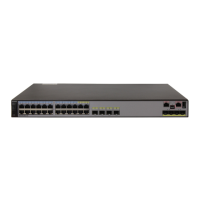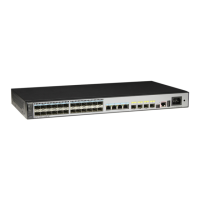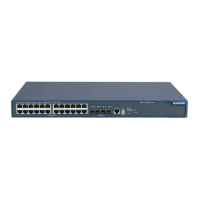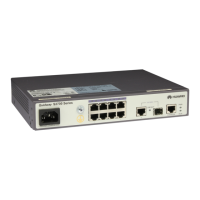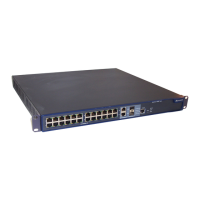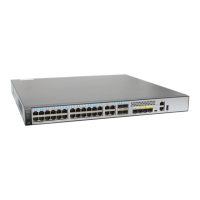aturesOSN 7500
Technical Manual - System Description 8 Protection
Huawei Technologies Proprietary
8-7
8.2.6 Mesh Protection
The mesh network is not affected by node congestion and node failure. It achieves
higher reliability because there are multiple routes available between two nodes.
Compared with the ring network, the mesh network has the following advantages.
High bandwidth utilization, network scalability and survivability.
Suitable for the area with large and evenly distributed traffic.
8.2.7 Protection of Resilient Packet Ring
Figure 8-5 shows a bidirectional resilient Ethernet ring. Both the outer ring and the
inner ring transmit data packets and control packets. The control packet of the inner
ring carries the control information of the data packets in outer ring and the process for
the outer ring is reversed. The Ethernet ring has a merit that the packets sent to the
ring are assumed by each node would finally reach their respective destination,
regardless of which channel used. Because each node has only three kinds of
operation on the packet: packet insertion (insert a new packet to the ring), packet
forwarding (forward the packet), and packet dropping (drop the packet to the local site).
This merit greatly reduced the communication workload between nodes, especially
when compared with the mesh network that has to decide to forward to which port
according to each packet.
Node 1
Outer ring
Node 2
Node 3
Node 4
Node 5
Inner ring
RPR
Figure 8-5 Bidirectional RPR
Upon fiber cut, RPR can start wrapping and packet steering function. Wrapping is to
connect the outer ring with the inner ring at the two nodes adjacent to the fiber cut
point, as shown in Figure 8-8. Packet steering is to transmit the packet in the opposite
direction at the transmitting node, as shown in Figure 8-7. In either way, the packet
can reach the destination from the opposite direction and the failure time is less than
50ms. The OptiX OSN 7500 performs wrapping for general protection switching at the
beginning, and then performs steering when the new topology and service path are
established. Then no packet will be lost during protection switching and the switching
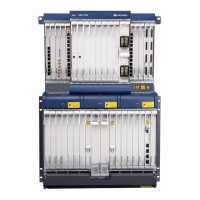
